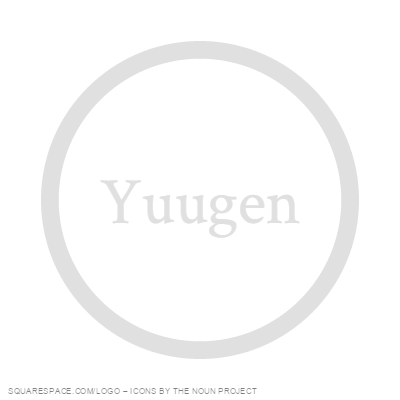Jindaiji
Jindaiji, a Tendai sect temple, is one of those temples that has such a wealth of history and yet is completely overlooked for larger, flashier locations. Founded in 733 C.E., Jindaiji claims to be the second oldest temple in the Kanto area behind Sensôji in Asakusa. While Sensôji is a massive complex which hosts thousands of visitors per day, Jindaiji is hidden away in a forest grove in central Tokyo Prefecture in Chofu City and only boasts large numbers of visitors on key dates like New Years, Setsubun in early February, Ganzandaishi Taisai in early March, and Jindai Jusanya in mid October. The temple has two halls, the Main Hall where general worship is performed to Amida Buddha, and the Ganzan Daishi Hall where Goma fire ceremonies are performed daily before statues of Fudô Myôô. The temple is also home to a national treasure: the Hakuhô Buddha. This statue is the oldest Buddhist statue in eastern Japan and was made in the late Asuka Period (c. 538 C.E. to 710 C.E.). The Asuka Period was noted for the first formal introduction and government support of Buddhism in Japan prior to the establishment of the Japanese empire of the Nara Period ( 710 C.E. to 794 C.E.).
For the casual: 8. For the educated: 8.
There’s a lot to love about this temple, but I think the real draw is the surrounding area. The road to the complex is a beautiful tree-covered road with the sweetest little shops that have been in the area since at least the early 20th century. Because the mountain Jindaiji produces a spring a fresh water, the locals have used that water to make delicious and refreshing soba. For those who don’t know, soba is a buckwheat noodle that is very thin and often served in a broth either hot or cold depending on the time of year. The number of soba restaurants is so extensive that there is a statue of the bodhisattva Kannon using her power to protect soba. In her left hand is a container of buckwheat, the grain from which soba noodles are made, and in her right hand is a bottle of tsuyu which is the base for the broth served in most soba dishes. This adorable little shrine was installed in 1963 and celebrated 60 years bringing good luck and health to community in 2023.
Getting to the temple takes a little bit, but not much. It can be reached by bus from either Chofu Station or Kichijoji Station, or from Chofu Station it’s a 20 to 30 minute walk, which I recommend at least trying once because the neighborhoods are so beautiful.
The Main Hall with gilt Amida statue.
The Ganzan Daishi Hall.
Kannon Bodhisattva statue for the protection of SOBA NOODLES!!!!! The left hand hold buckwheat seeds, and the right hand holds a bottle of the broth soba is served in/with.









